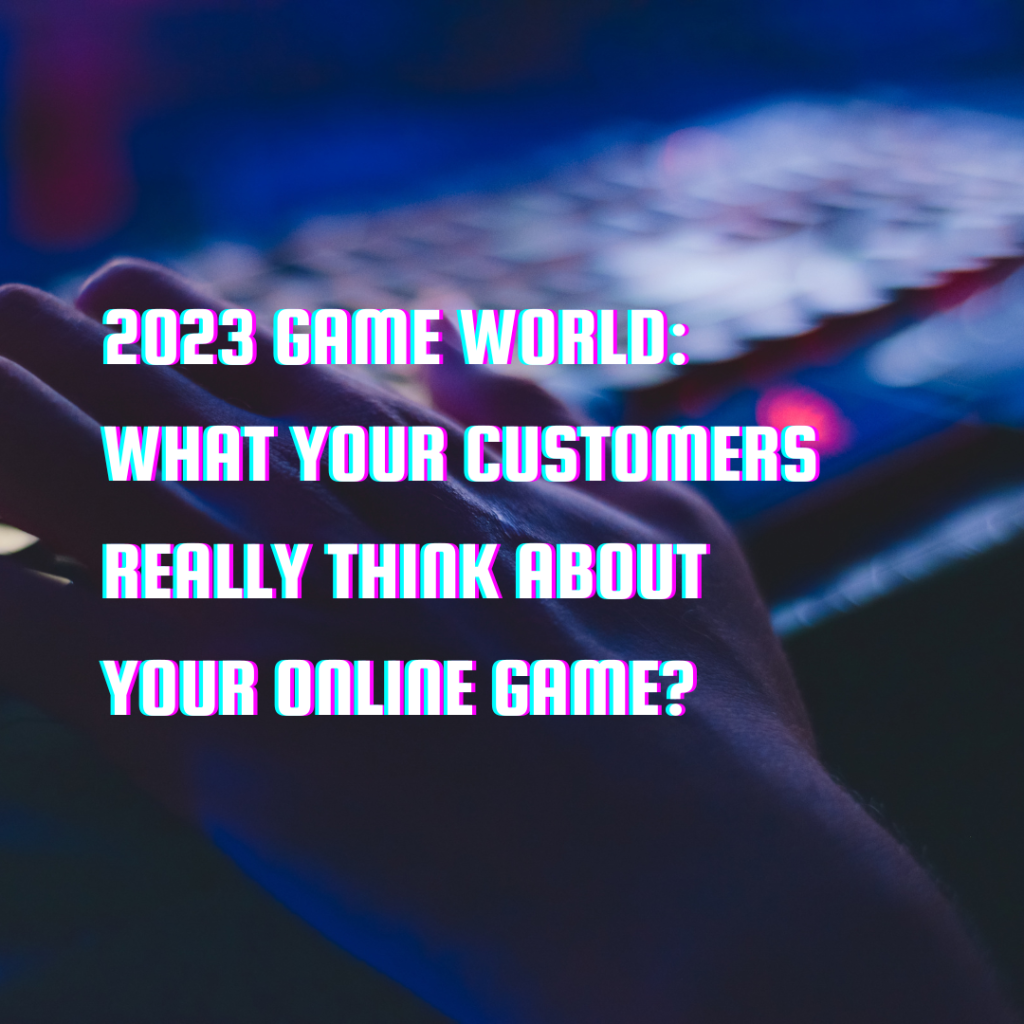
Game marketing includes marketing activities aimed at the target audience of gamers. Not all action game creators operate. Necessary equipment for gaming or gaming equipment. Non-native brands such as beverage and snack manufacturers, telecommunications, banks, cosmetic companies and many others can also successfully find a place in the game. Marketers often fear that brands won’t resonate with this audience because they have nothing to do with gaming. This idea is very easy to change. It should be remembered that every gamer is a consumer of many products that come with entertainment and daily life.
How to start your game marketing efforts?
First, let’s look at the overall gaming phenomenon and the characteristics of gamers. These days, games are the biggest part of entertainment. Growing faster than music or film, today’s market is estimated to be worth $159 billion globally. Analysts at Newzoo, a leading gaming market research firm, expect this value to exceed $200 billion by 2023. Games are becoming more and more popular. No More Accessible Brands Anymore So it’s not just gaming enthusiasts’ spending that will increase. However, the number of gaming populations is also
Consumer standards are higher than ever.
If you think today’s shoppers tend to forgive and forget subpar customer service experiences. Think again. The average American consumer only makes three buying mistakes before the retailer decides not to shop again. Nearly 8 in 10 Americans adhered to the “triple stop” concept and said they would never shop at a retail store again if they experienced poor customer service. In fact, 70% of those surveyed said they would abandon a purchase if the customer service experience was poor. What does this mean for your brand? Customer service affects revenue and cannot be viewed as a cost center. If you don’t already have a well-designed customer service strategy in place. it’s time
Technologies and strategies for providing workarounds are evolving. But businesses waiting to take advantage of these offers will see customers turn to their leading competitors. Microsoft is just one example, and other companies are unlocking the business potential of great NBOs. But in a study of NBO strategies in retail, software, financial services and dozens of other companies, including executive interviews from 15 front-line companies. They usually don’t do well. Most are non-discriminatory or untargeted, for example offerings to customers who have already purchased an offer. One retail bank found that NBOs were more likely to create bad intentions than increase sales.

